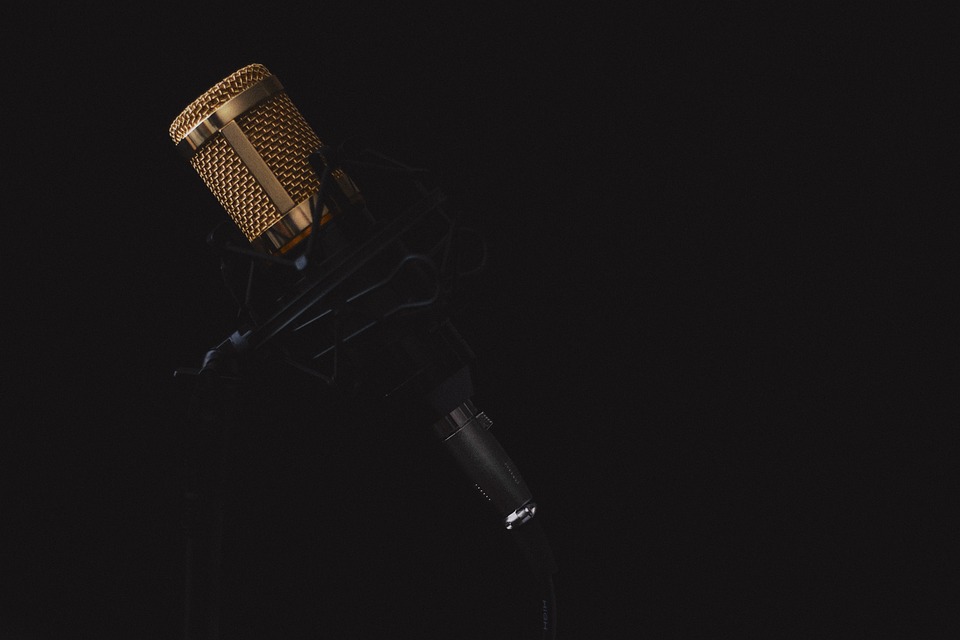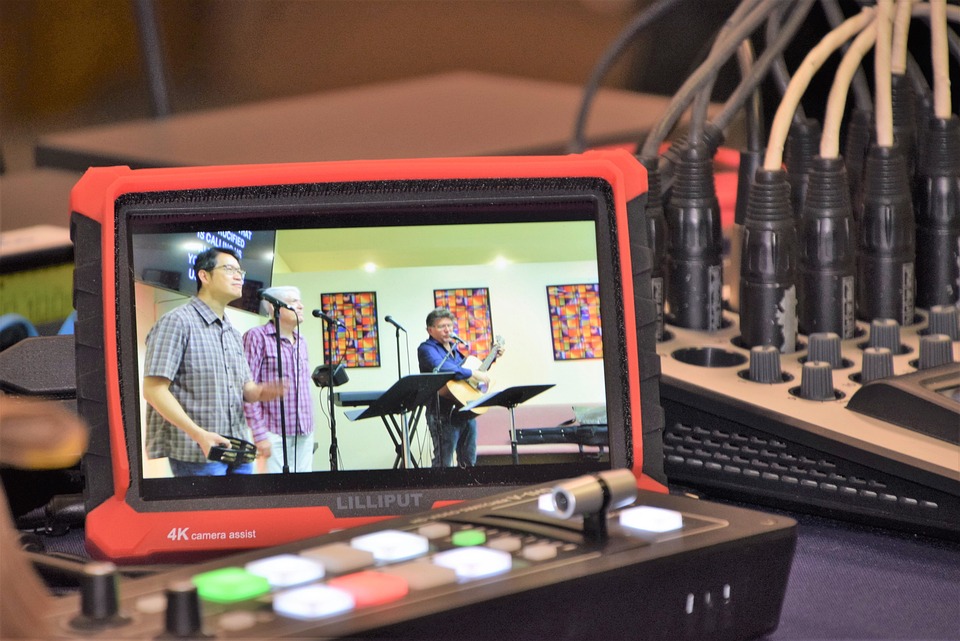The Evolution of Radio Broadcasting: From AM to FM to Digital
Radio broadcasting has come a long way since its inception in the early 20th century. From the early days of AM radio to the introduction of FM radio in the 1930s, and now the transition to digital radio, the evolution of radio broadcasting has been characterized by technological advancements that have improved the quality and reach of radio signals, as well as the content and formats of radio programming.
AM Radio: The Early Days
AM radio, or Amplitude Modulation radio, was the first form of radio broadcasting and was the dominant form of radio transmission during the early to mid-20th century. AM radio signals are transmitted by varying the amplitude of the radio waves, and these signals can travel long distances, making AM radio suitable for broadcasting over large areas. However, AM radio is susceptible to interference from atmospheric conditions, power lines, and other sources of electromagnetic interference, which can result in poor signal quality.
Despite its limitations, AM radio was a popular medium for news, music, and entertainment during the early days of radio broadcasting. Listeners tuned in to AM radio stations to hear popular programs such as news broadcasts, variety shows, and music programs.
FM Radio: The Rise of High Fidelity
In the 1930s, FM radio, or Frequency Modulation radio, was introduced as an alternative to AM radio. FM radio signals are transmitted by varying the frequency of the radio waves, which results in higher-quality sound and less susceptibility to interference compared to AM radio. FM radio also allows for stereo sound, which further enhances the listening experience.
FM radio quickly gained popularity for its superior sound quality and reliability compared to AM radio. FM radio stations began to broadcast a wider variety of music genres, including classical music, jazz, and rock and roll, which attracted a new generation of listeners who were seeking a more diverse range of programming.
The Transition to Digital Radio
In recent years, radio broadcasting has undergone a major transformation with the introduction of digital radio technology. Digital radio offers several advantages over traditional AM and FM radio, including improved sound quality, more programming options, and additional data services such as song information and traffic updates.
One of the most popular forms of digital radio is Digital Audio Broadcasting (DAB), which uses digital signals to transmit radio programming. DAB radio offers CD-quality sound and can pack multiple channels of programming into a single broadcast frequency. DAB radio also allows for features such as on-demand programming, pause and rewind capabilities, and the ability to display album artwork and other information on compatible receivers.
Another form of digital radio is Internet radio, which streams radio programming over the internet. Internet radio offers a virtually unlimited range of programming options, as listeners can tune in to radio stations from around the world and access thousands of online-only stations that cater to specific genres and interests.
The Future of Radio Broadcasting
As technology continues to evolve, the future of radio broadcasting looks bright. Advances in digital radio technology, such as HD Radio and hybrid radio, are enabling broadcasters to deliver high-quality audio and innovative programming to listeners. HD Radio offers improved sound quality and additional channels of programming within the existing FM radio band, while hybrid radio combines traditional broadcast radio with online services to provide a seamless listening experience.
Mobile devices, such as smartphones and tablets, are also playing a significant role in the future of radio broadcasting. Many radio stations now offer mobile apps that allow listeners to stream live radio programming, access on-demand content, and interact with DJs and other listeners through social media platforms. These apps provide a new level of interactivity and engagement for radio listeners, as well as new opportunities for broadcasters to reach a broader audience.
In conclusion, the evolution of radio broadcasting from AM to FM to digital has been driven by technological advancements that have improved the quality and reach of radio signals, as well as the content and formats of radio programming. With the introduction of digital radio technology and the continued innovation in the industry, radio broadcasting is poised to continue to thrive and adapt to the changing ways in which consumers consume media.



Leave a Reply